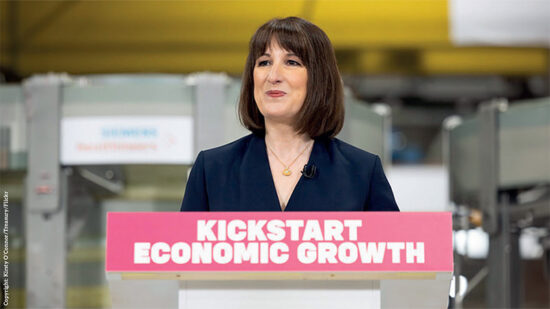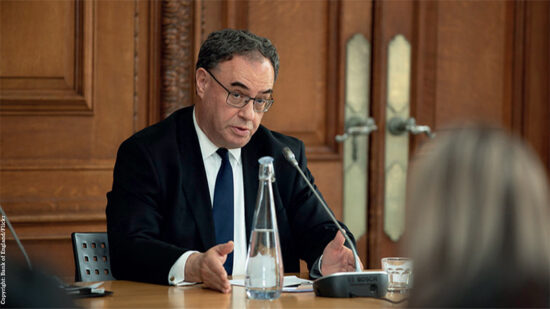New operating models could deliver cost savings for wealth managers and asset managers, according to report by Boston Consulting Group (BCG) and wealth tech firm FNZ.
The report said that a breed of end-to-end, third-party operating models could deliver significant cost savings; create new and innovative business models; and generate new revenue streams for wealth managers and asset managers.
The report, Scalable Tech and Operations in Wealth and Asset Management, is based on insights derived from data and research from more than 33 major asset managers and 20 major wealth managers across Europe and North America. It also draws on data from Asia Pacific and the Middle East and Africa.
The report explores how evolving regulatory requirements and growing investor demand for personalisation is requiring wealth and asset managers to pursue digital and operating model transformations:
“Wealth and asset managers are faced with a myriad of challenges, and it’s clear that partnering with end-to-end, third-party operating models can yield benefits and create competitive advantage if done right, despite running counter to certain long-established practices,” says Akin Soysal, a BCG managing director and partner, and co-author of the report.
Rising costs
According to the report, the first step towards efficient and cost-effective transformation is understanding the current industry drivers—forces that are exacerbated by high market uncertainty and elevated interest rates. It said that despite largely favourable market conditions over the past few years, industry cost-to-income ratios (CIRs) have risen.
While larger asset managers witnessed a gradual increase between 2018 and 2021—with a rise to 74% in 2022—smaller asset managers with less than $300bn (£241m, €281m) in assets under management (AuM) saw a more pronounced increase to 78%.
CIRs for larger wealth managers have been stable at 71%, while smaller wealth managers, with AuM below $150bn, on average suffered a steep increase, of more than 82% in 2022.
While advisory fees have remained relatively stable, product fees have been hit by competition and increased cost transparency, with declines of 11% for active funds and 35% for passive funds since 2017. Asset-servicing margins for clients with more than $2m have decreased by 16% since 2017.
Client demands
The survey showed that technology spending has contributed to increased CIRs. The average share of technology in total operating expenses reached over 15% across both wealth and asset managers in 2022, up from 13% five years earlier. Over the same timeframe, IT spending has particularly been on the rise in application development (25%) and hosting (19%).
The report also found that client demands are steadily rising along the value chain, requiring wealth and asset managers to make further investments in areas such as hybrid-advisory, direct-indexing and managed-portfolio services. Clients are increasingly demanding full transparency of their investments to ensure alignment with their personal values and goals, such as sustainability.
The share of third-party technology spend has risen by more than 10% since 2018 and firms are turning to third-party technology providers to help them achieve their goals, the report found.
It said that firms are using third-party operating models to move parts of the tech stack to an end-to-end platform; outsourcing middle-office and operations functions; and pursuing a ‘best-of-breed’ approach, including seeking solutions from a range of different vendors, to gain flexibility and reduce dependence on a single vendor.
“Customer demands for personalised wealth solutions are steadily rising along the value chain, requiring wealth and asset managers to make further investments,” says Din Mustaffa, group chief strategy officer at FNZ. “It’s important to note that while most of these changes will require technology as an enabler, operating models will also need to be adjusted to navigate the shifting landscape in a cost-effective manner.”








